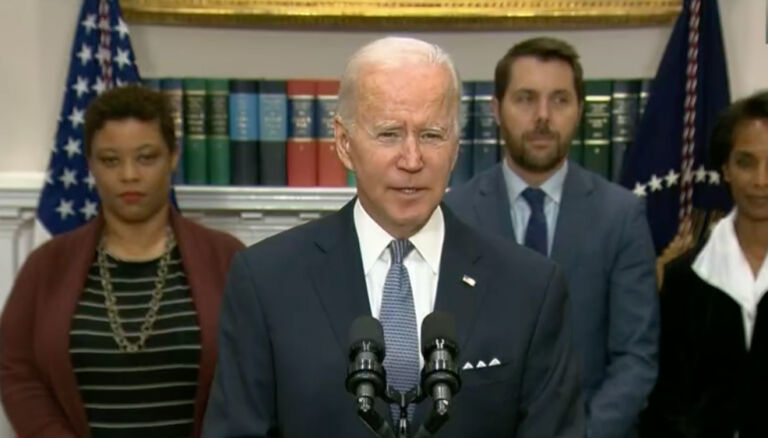Weekly John Locke Foundation research division newsletter focusing on environmental issues.
This newsletter highlights relevant analysis done by the JLF and other think tanks as well as items in the news.
1. 16 years, 11 months of no warming plus other cool facts (pun intended)
Christopher Monckton has a very informative post on the WattsUpWithThat.com blog. It is full of interesting and probably, if you’re a global warming alarmist, uncomfortable facts about both recent and past climate change trends. It is a long post but well worth reading. There is too much to walk through here but I’d like to note a couple of inconvenient truths.
First he points out that the global warming standstill continues. According to Monckton:
The RSS monthly satellite global mean surface temperature anomaly data, delayed by the US Government shutdown, are now available. The data show no global warming at all for 16 years 11 months.
Monckton then states something that needs to be explained. He says that:
This dataset could be the first of the five to pass the strict Santer test: no global warming at all for 17 years.
Once the no warming trend passed the 10 year mark a half dozen years ago, many climate scientists, particularly those in the alarmist camp, started arguing that 10-12 years was just too short a period to distinguish a genuine trend and that such periods were quite consistent with the global warming hypothesis. So several years ago, one of these scientists, Dr. Ben Santer, a lead author with the IPCC and award winning climatologist and researcher at the Lawrence Livermore National Laboratory, made the argument that 17 years would be needed to cut through the noise of natural variation (el ninos, etc.). As Monckton points out, we are quite close to meeting that test. But my guess is that the alarmists still will not concede. They will just raise the bar. "We really meant 20 years."
Monckton also highlights a pair of graphs often used by MIT’s Richard Lindzen to show how truly unremarkable our more recent period of climate change has actually been. Monckton asks and answers the following question:
Can one clearly distinguish an anthropogenic warming signal in these post-1950 data from the data before 1950, when we could have had no measurable influence on the climate? The answer is No.
He then reproduces a game played by Professor Lindzen using the two graphs below where one graph covers the period 1895 to 1946 and the other 1957 to 2008. Both are 52 year periods. Both graphs are drawn to the same scales. He then asks which graph shows which period:

You get the point. To find out which is which you’ll have to read Monckton’s blog post.
2. 2013 Ozone Report — Countdown to the best ozone (smog) season on record
The 2013 ozone season began on April 1 and will end in a couple of weeks on October 31. As in the past, each week during the ozone — often called smog — season, this newsletter will report how many, if any, high ozone days have been experienced throughout the state during the previous week, where they were experienced, and how many have been recorded during the entire season to date. According to current EPA standards a region or county experiences a high ozone day if a monitor in that area registers the amount of ozone in the air as 76 parts per billion (ppb) or greater. As noted, the official ozone season will end on October 31. What this means is that North Carolina is only a few days away from what will certainly be the best ozone season on record for the state.
During the period from October 14-20 there were, once again, no high-ozone days recorded. For the state as a whole there has been only 1 high ozone day registered on one monitor in 2013.
All reported data is preliminary and issued by the North Carolina Division of Air Quality, which is part of the state’s Department of Environment and Natural Resources. The table below shows all of North Carolina’s ozone monitors and the number of high ozone days for the week and the year to date.

Click here for the Environment Update archive.


